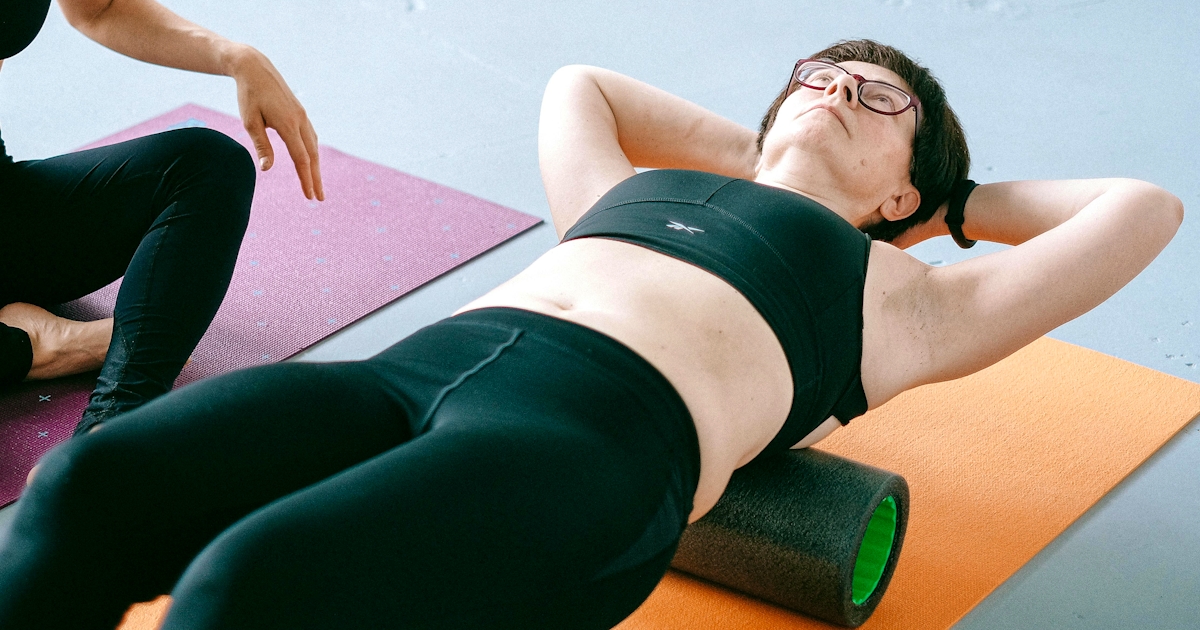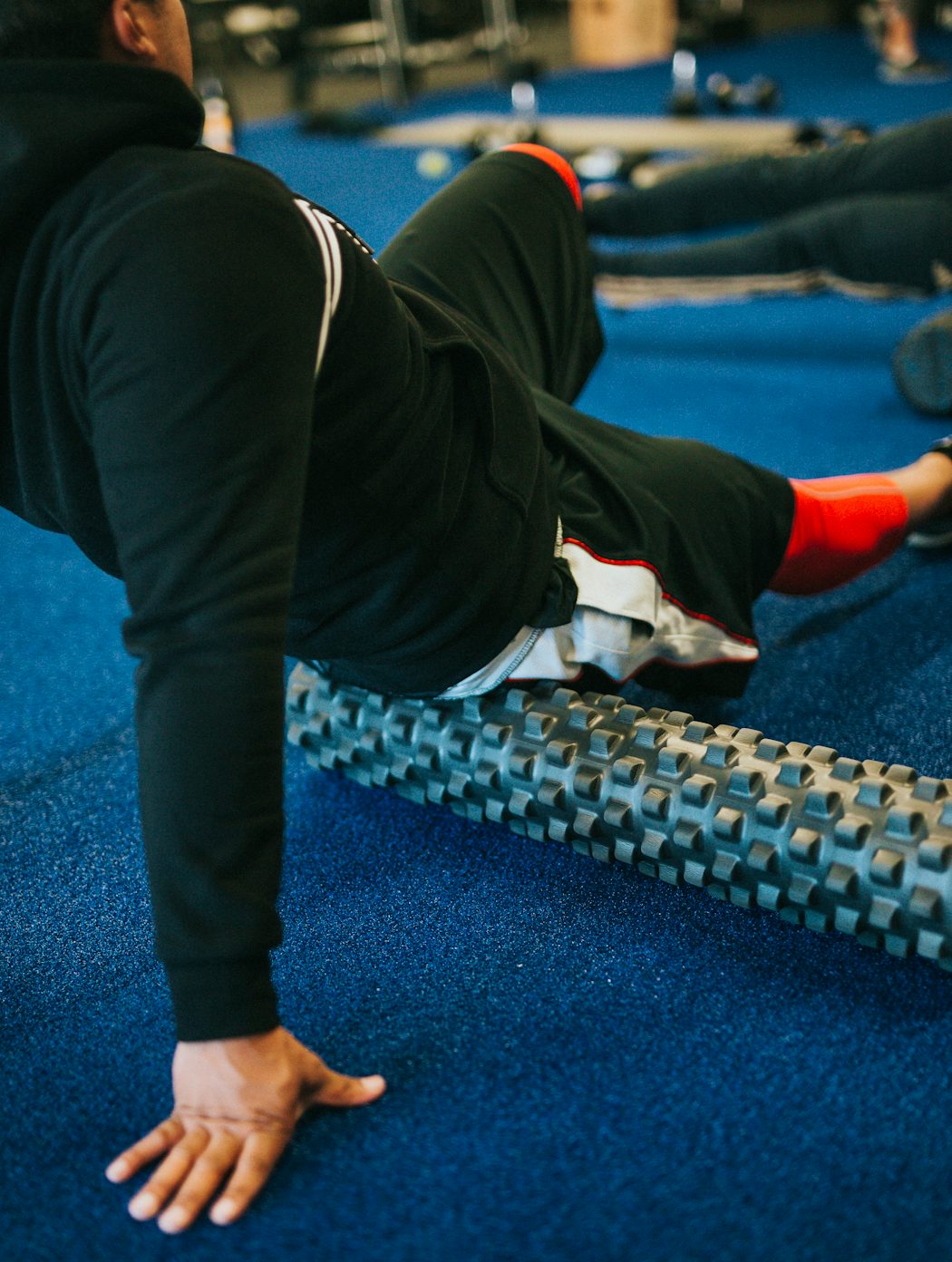
Sometimes Simple is Best
Chances are, you've heard Dr. Valente mention foam rolling. It's in most of the at-home wellness exercise rehabilitation he prescribes to patients. Both newcomers to chiropractic and seasoned athletes alike could benefit from this technique.
For many, foam rolling is a practice that seems great in theory. But after a long day or a grueling workout, who wants to get on the floor and roll back and forth on a foam cylinder?
Hopefully a quick refresher of how this mighty recovery tool works can change your mind!
Foam Rolling is a Form of Massage
A quick refresher in case you're unfamiliar: a foam roller is a cylindrical recovery tool, made of foam or plastic and sometimes reinforced with a metal core to keep it sturdy. In order to use it, you simply lie down on the roller and gently roll back and forth, allowing it to dig into your muscles and break up any tension or knots.
Put simply, it's a way of giving yourself a massage. The same way a masseuse, chiropractor, or physical therapist digs their hands into muscle and tissue, breaking up stiff myofascia: so does the foam roller.
The result is increased bloodflow to the area, reduced pain, and improved mobility.
Say you have stiff shoulders after hunching over your desk for hours working on a deadline. Gently guiding the foam roller between your shoulder blades can reverse that stiffness and tension, rubbing away at knots and aches.
Many athletes use foam rolling to keep their muscles from becoming too sore after a workout. Think of that ache in your thighs after you run or exert your lower body. Foam rolling over your quads allows you to put slow, steady pressure over those sore muscles using your bodyweight, kickstarting the healing process and speeding along the process of moving lactic acid from your muscles.
To get even more technical, what myofascial release is doing is breaking apart the adhesions that form naturally between your muscles and your fascia (the connective tissue that runs along our muscles and ligaments). Adhesions can form for many reasons: from not stretching or moving parts of the body enough, to sitting in the same position for hours at a time. For some, it's a genetic predisposition.
Getting massages or seeing your chiropractor regularly is one great way to prevent myofascial adhesion, but foam rolling is a much more economical way to treat yourself between sessions, saving you money and maximizing your recovery!

Do's and Dont's of Foam Rolling
If all this promise of increased mobility and reduced pain has you dusting off your foam roller or looking for one at your gym, there are some things you should know first about how to foam roll properly to avoid injury.
DO:
-Take it slow. Foam rolling is about applying gentle, steady pressure. Think 20-30 seconds per each area you work on, and remember to breathe deeply throughout.
-Be consistent! Like any other part of recovery, foam rolling is most effective when you perform it a few times a week.
-Foam roll BEORE your workout. This encourages fresh blood to flow into the muscles, priming them for exercise.
-Mobilize. Don't just roll back and forth over an area: try to bring your limbs through a full range of motion while on your foam roller. Bring your arms up and over, or flex your legs a bit to really feel the movement of the muscles.
DON'T
-Foam roll over your joints
-Stay in an area if you can feel it throbbing or going numb. If you do, you're putting pressure on a vein or a nerve. Just move off that area.
-Let foam rolling replace other recovery strategies. Remember, this one of many gadgets in your toolbelt to feeling healthy and pain-free!
Get to it!
Does foam rolling's simplicity make it seem too good to be true?
It's that simplicity that is so important! Small, manageable steps like these help us stay consistent and build that healthy foundation to minimize damage to our spine and joints. If it's simple enough that you can easily integrate it into your routine, then it's worth doing!


